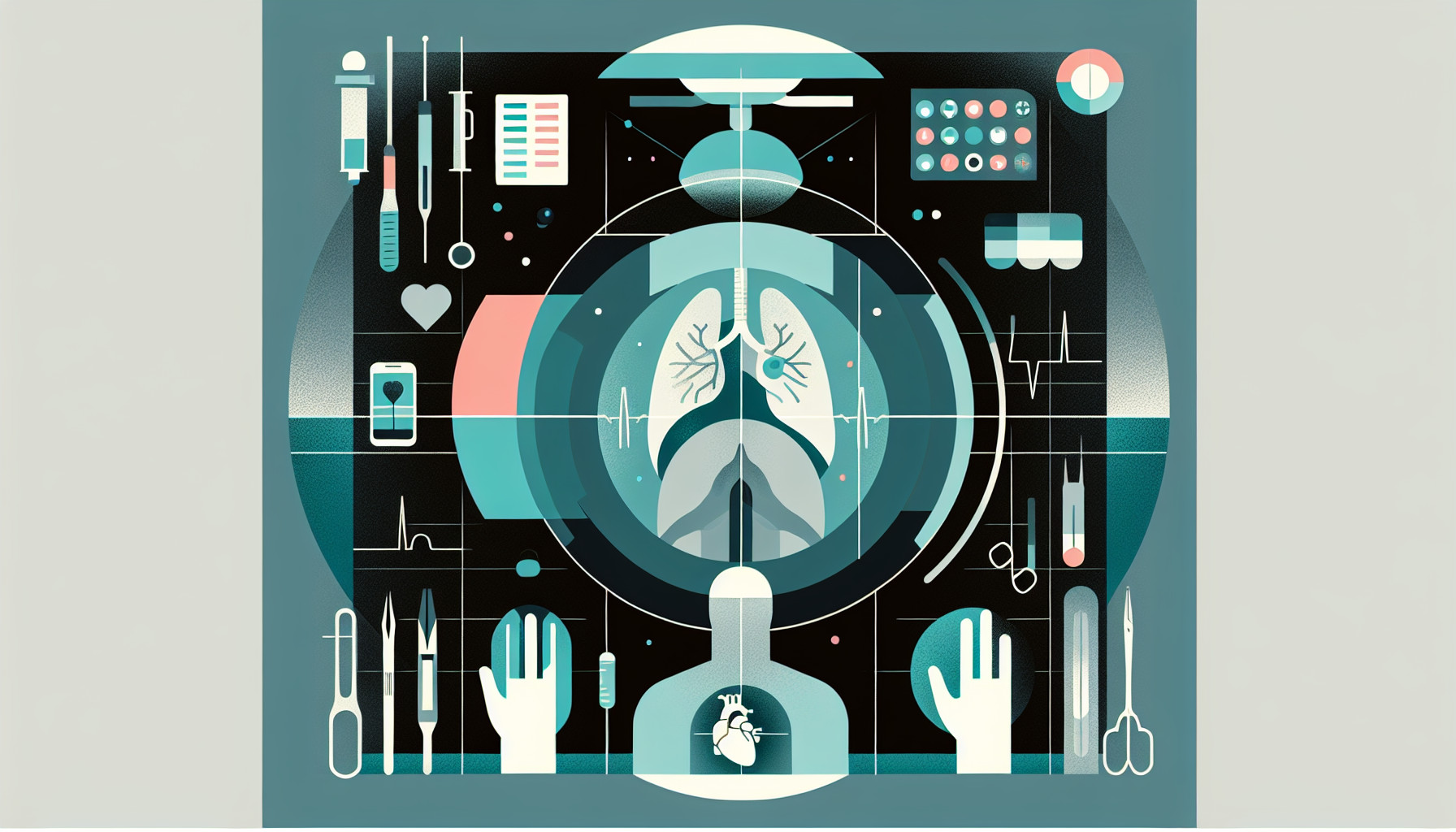Our Summary
This research paper discusses the final step in breast reconstruction for patients who have undergone treatment for breast cancer, which involves reconstructing the nipple and the surrounding dark area known as the areola. After this procedure, it’s crucial to protect the area from any physical damage or infection. Many different types of dressings have been used for this purpose. The authors of this study suggest using a type of adhesive eye protector, which is readily available and cost-effective, as a way to protect the reconstructed nipple and areola.
FAQs
- What is the purpose of nipple-areola complex reconstruction?
- How should the reconstructed nipple be protected postoperatively?
- What type of dressing do the authors propose for the reconstructed nipple-areola complex?
Doctor’s Tip
One helpful tip a doctor might tell a patient about nipple reconstruction is to protect the reconstructed nipple from mechanical forces, trauma, and infection by using a simple and cost-effective adhesive eye protector as a dressing. This can help promote proper healing and prevent complications during the recovery process.
Suitable For
Patients who have undergone mastectomy for breast cancer and have chosen to undergo breast reconstruction are typically recommended nipple reconstruction. This procedure is often recommended for patients who desire a more natural and symmetrical appearance of their breasts after mastectomy. Nipple reconstruction can also be recommended for patients who have undergone breast reduction or augmentation surgery and have experienced changes in their nipple appearance or position.
Timeline
Before nipple reconstruction:
- Patient undergoes mastectomy as part of breast cancer treatment.
- Patient may undergo breast reconstruction surgery using implants or tissue flaps.
- Patient may choose to have nipple reconstruction as the final step in the breast reconstruction process.
After nipple reconstruction:
- Patient’s surgeon will provide postoperative care instructions for the reconstructed nipple.
- Patient will need to keep the area clean and dry to prevent infection.
- Patient may experience some discomfort, swelling, and bruising in the days following surgery.
- Patient will need to follow up with their surgeon for regular check-ups and monitoring of the healing process.
- Over time, the reconstructed nipple will settle into a more natural appearance and color.
- Patient may choose to have tattooing done to add more color and dimension to the reconstructed nipple.
- Patient can finally feel complete and confident in their breast reconstruction journey.
What to Ask Your Doctor
- What are the different options for nipple reconstruction and which one would be most suitable for me?
- What is the expected outcome of the nipple reconstruction surgery?
- What are the risks and potential complications associated with nipple reconstruction?
- How long is the recovery process after nipple reconstruction surgery?
- Will I need any additional procedures or touch-ups after the initial nipple reconstruction surgery?
- How will the sensation in my nipple be affected after reconstruction?
- How should I care for and dress the reconstructed nipple during the healing process?
- Are there any specific activities or movements I should avoid during the recovery period?
- What is the long-term outlook for the appearance and function of the reconstructed nipple?
- Are there any alternative or complementary treatments that could enhance the results of nipple reconstruction?
Reference
Authors: Staruch RMT, Din AH, See MS, Mohanna PN. Journal: Plast Reconstr Surg. 2019 Mar;143(3):698-699. doi: 10.1097/PRS.0000000000005318. PMID: 30817641
